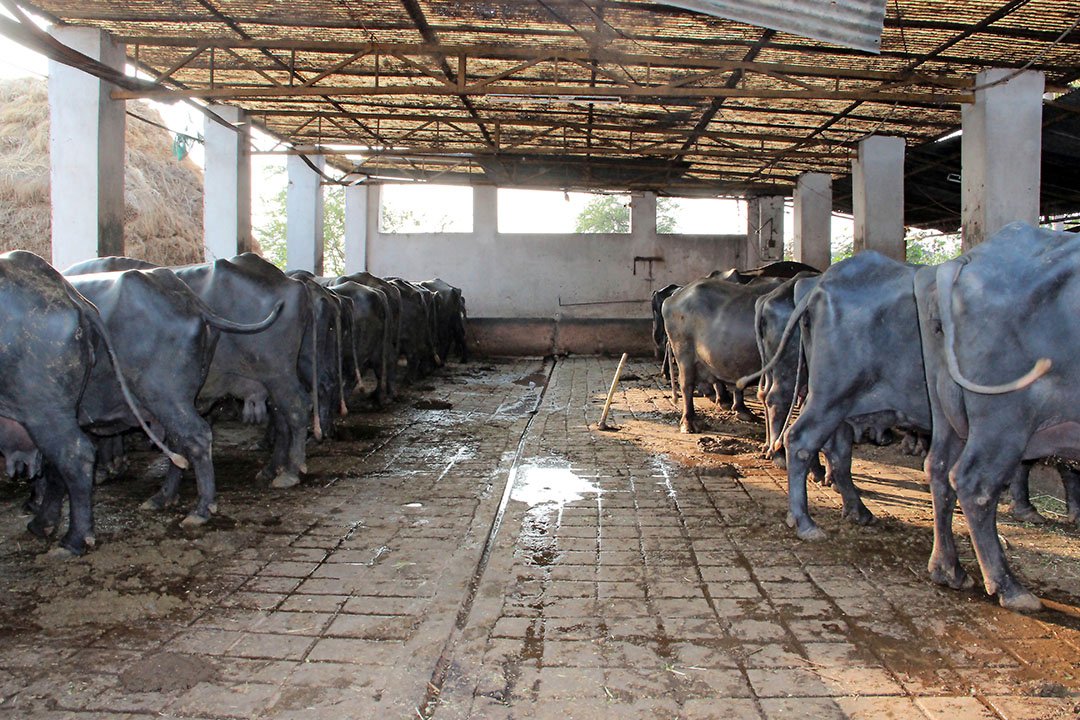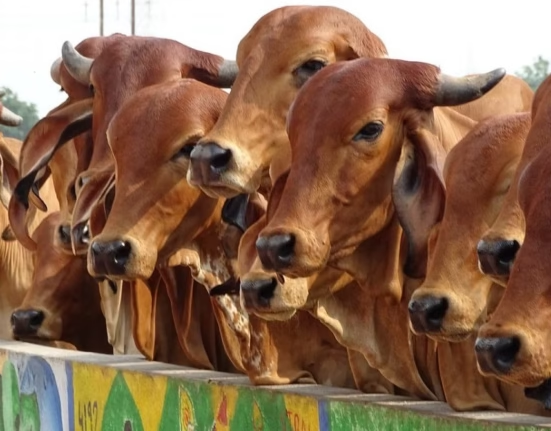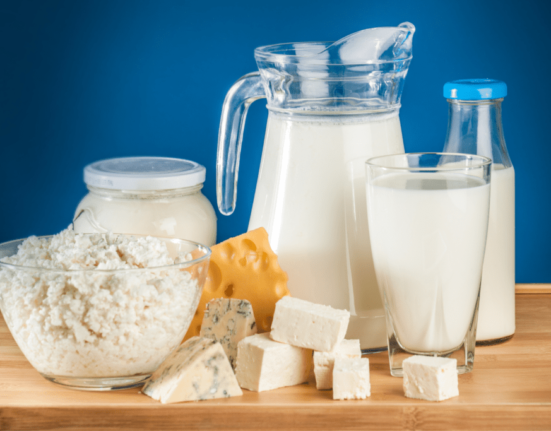🧀 Seasonality Matters: New Study Unveils How Climate Impacts Buffalo Milk Quality – With Implications for India’s Dairy Sector
March 26, 2025 | By Dairy Dimension
Buffalo milk, though comprising just 15% of global milk production, punches above its weight in quality and nutrition. It’s the essential base for iconic cheeses like Mozzarella di Bufala Campana, and is prized for its rich nutritional profile: higher in fat, protein, calcium, and minerals than cow’s milk. Crucially, buffalo milk contains only the A2 protein, making it more digestible for many people compared to the A1 variant found in most cow’s milk.
India, home to over 113 million water buffaloes, stands as the world’s largest buffalo milk producer. With rising domestic demand for high-value dairy products and growing exports, the quality of buffalo milk—and the factors affecting it—has become a strategic concern for dairy planners, processors, and policymakers.
Now, new research from Brazil offers critical insights that may inform how Indian dairy systems respond to seasonal shifts.
🧪 A Landmark Study on Seasonality and Buffalo Milk Quality
In a comprehensive 4-year study, researchers from Brazil’s Minas Gerais region collected over 2,000 samples of commercial buffalo milk from three dairy plants, aiming to understand how seasonal changes influence milk composition and quality, particularly in terms of somatic cell count (SCC)—a key indicator of milk safety.
Published in the Journal of Dairy Science (Viana et al., 2024), the research concluded that climatic and seasonal variables significantly impact the nutritional content of buffalo milk, with implications for milk pricing, quality standards, and processing suitability.
🔄 Key Findings: What Changes, and When?
Brazil’s climate profile—tropical highlands with pronounced seasons—offered the perfect setting for the study. The researchers found:
-
Higher concentrations of fat, protein, solids-not-fat (SNF), and total solids (TS) were recorded in spring and summer.
-
Lactose levels peaked in fall and winter, showing an inverse relationship with somatic cell counts.
-
Buffalo milk SCC levels were generally lower than cow’s milk, highlighting its microbiological stability.
-
Notably, these seasonal patterns were opposite to cow milk trends in the same region.
The study attributed these shifts to buffaloes’ polyestrous reproductive behavior, feed availability, and changing daylight durations across seasons.
🇮🇳 Implications for India’s Dairy Industry
While the Brazilian study was regional, its relevance for India is profound. India experiences diverse climatic zones—from tropical and arid to subtropical and temperate—where seasonal temperature fluctuations, monsoon cycles, and feed scarcity directly affect dairy output.
For India, where buffaloes contribute nearly half of the country’s total milk production, the findings open up several strategic considerations:
-
Milk Quality-Based Payments: As processors increasingly shift to component-based pricing, understanding seasonal variations can help align incentives and contracts with farmers.
-
Supply Chain Planning: With protein and fat peaking in summer, this period may be optimal for manufacturing high-value products like paneer, khoya, or export-grade mozzarella.
-
Animal Welfare & Feeding Programs: Strategic feed supplementation during low-yield seasons (monsoon or peak winter in north India) can help stabilize both quantity and quality.
Moreover, India’s dairy cooperatives and private players may benefit from investing in data collection on milk composition across regions and seasons—something that remains underdeveloped.
đź“Š What’s Next?
The Brazilian researchers recommend further research to evaluate the financial impact of milk composition oscillations on dairy processors. For India, this may include modeling profitability of buffalo-based dairy operations over seasons, particularly for MSMEs and cooperatives.
With premium dairy gaining consumer interest and buffalo milk offering a clear advantage in both nutrition and digestibility, seasonal planning could be the next frontier for India’s dairy competitiveness.
Source:
Buffalo milk quality: A study of seasonal influence on composition and somatic cell count
Claudia F. Viana et al., Journal of Dairy Science, Vol. 108, Issue 3, pp. 2215–2226
DOI: 10.3168/jds.2024-25534







